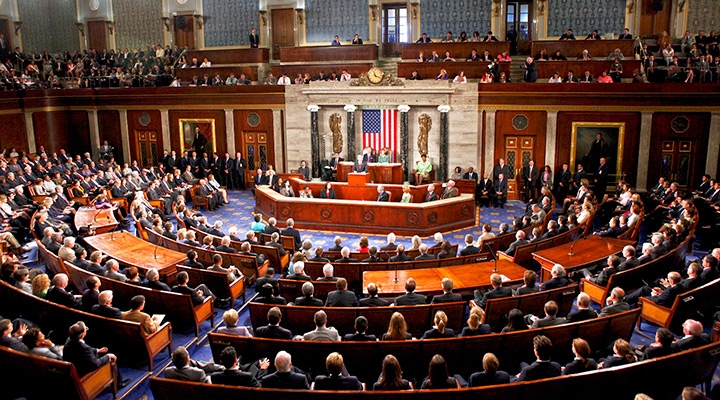
"Electoral"
RV History
Friday
January 6, 2017
-----------
"We used to root for the Indians against the cavalry, because we didn't think it was fair in the history books that when the cavalry won it was a great victory, and when the Indians won it was a massacre."
-- Dick Gregory
-----------
On January 6, 2017...
The US Congress meets in joint session to count the electoral votes. The Vice President, as President of the Senate, is the presiding officer. Two tellers are appointed to open, present and record the votes of the States in alphabetical order. The President of the Senate announces the results of the vote and declares which persons, if any, have been elected President and Vice President of the United States. The results are entered into the official journals of the House and Senate. The President of the Senate then calls for objections to be made. If any objections are registered, they must be submitted in writing and be signed by at least one member of the House and Senate. The House and Senate would withdraw to their respective chambers to consider the merits of any objections according the procedure.
If no candidate receives a majority of Electoral votes, the House of Representatives elects the President from the 3 Presidential candidates who received the most Electoral votes. Each state delegation has one vote. The Senate would elect the Vice President from the 2 Vice Presidential candidates with the most Electoral votes. Each Senator would cast one vote for Vice President. If the House of Representatives fails to elect a President by Inauguration Day, the Vice-President Elect serves as acting President until the deadlock is resolved in the House.
Under federal law an objection to a state’s Electoral votes may be made to the President of the Senate during Congress’s counting of Electoral votes in January. The objection must be made in writing and signed by at least one Senator and one member of the House of Representatives. Both the Senate and the House of Representatives debate the objection separately. Debate is limited to two hours. After the debate, both the Senate and the House of Representatives rejoin and both must agree to reject the votes.
* In January 2005, Ohio’s 20 Electoral votes were challenged. After debate, the Senate and the House failed to agree to reject the votes. Ohio’s 20 Electoral votes for President Bush and Vice President Cheney were counted.